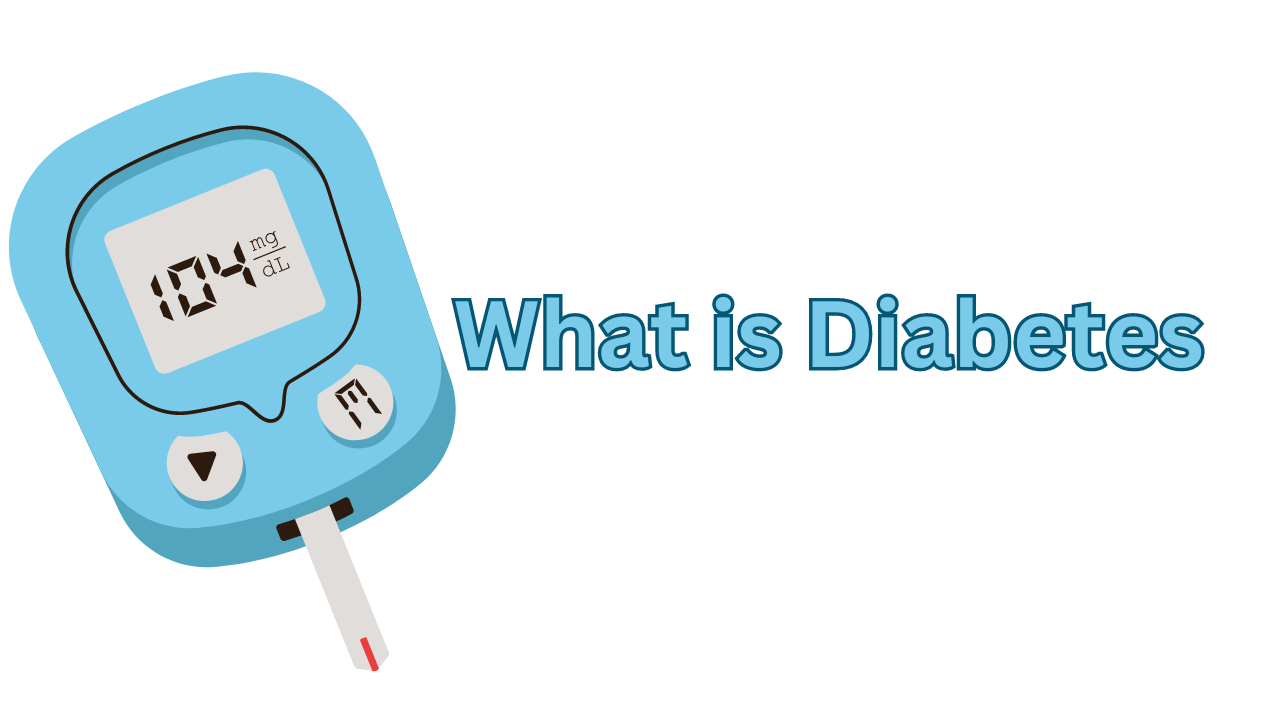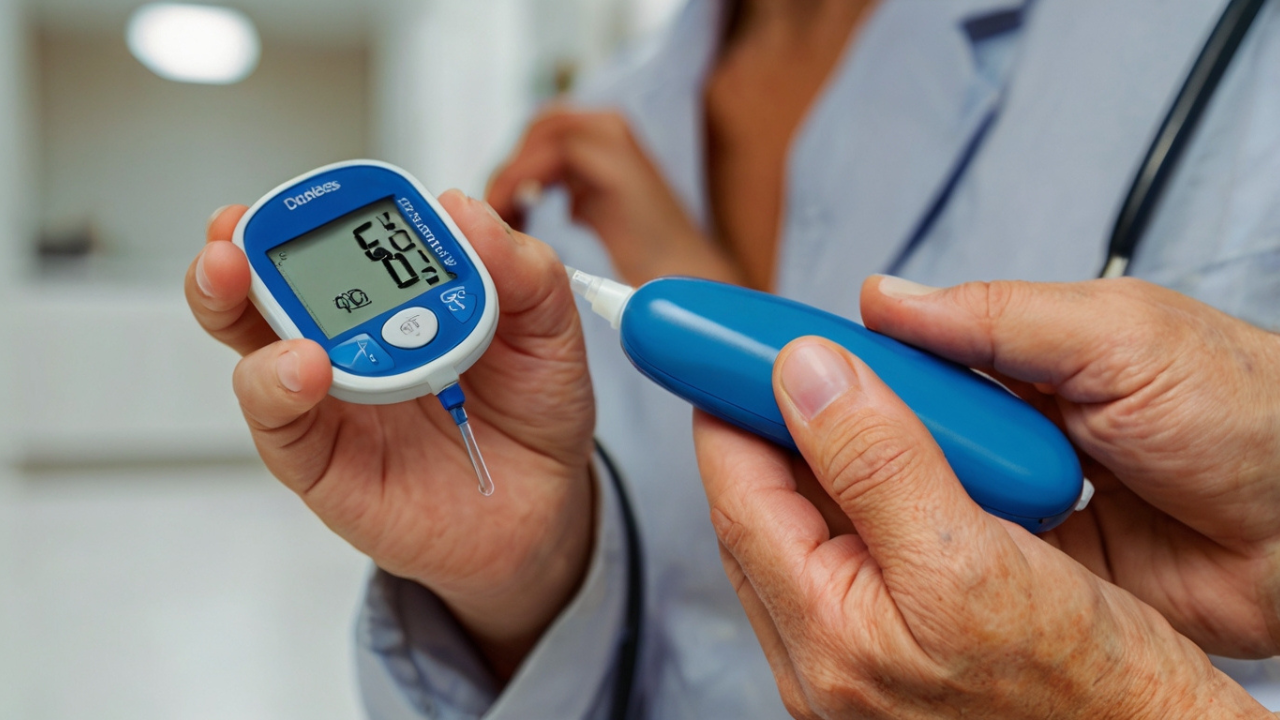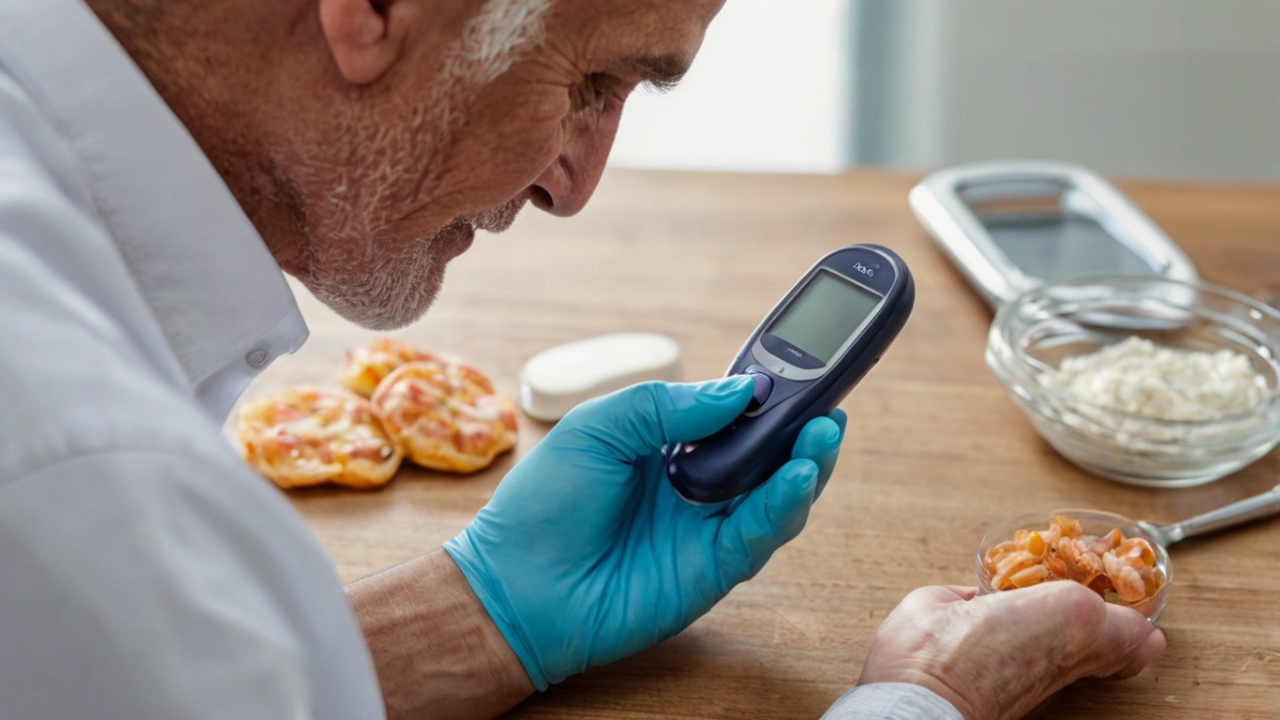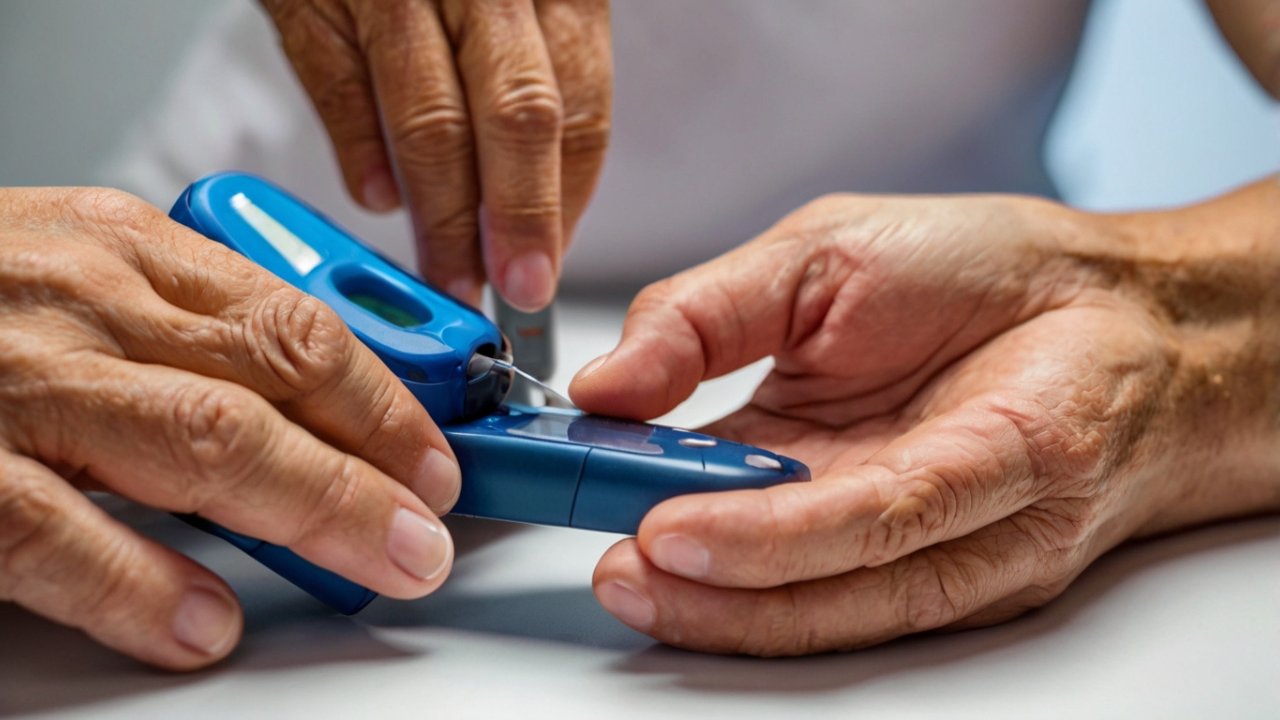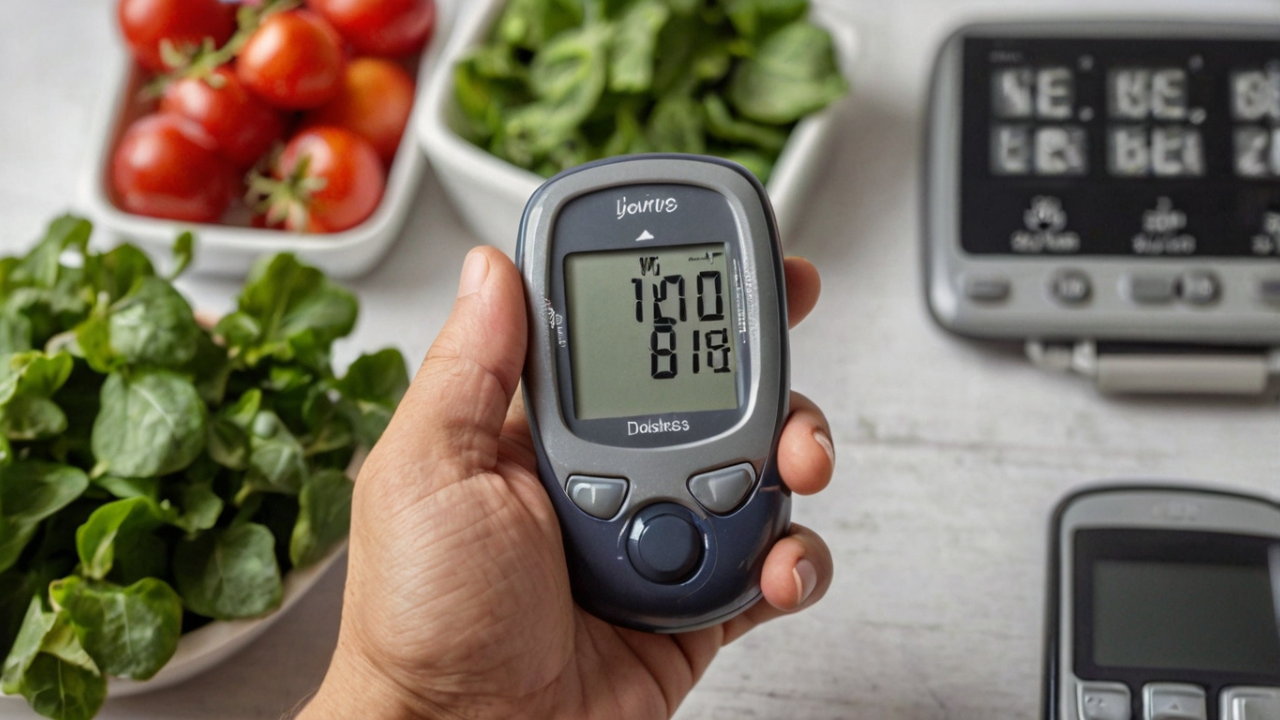Understanding What is Diabetes: Causes, Symptoms, and Management
Understanding What is Diabetes: Causes, Symptoms, and Management Signs of Diabetes What is diabetes? Diabetes, a chronic medical condition, occurs when the body either cannot produce enough insulin or cannot effectively use the insulin it produces. Insulin is one hormone responsible for regulating blood sugar levels. Diabetes definition emphasizes the importance of recognizing its signs

